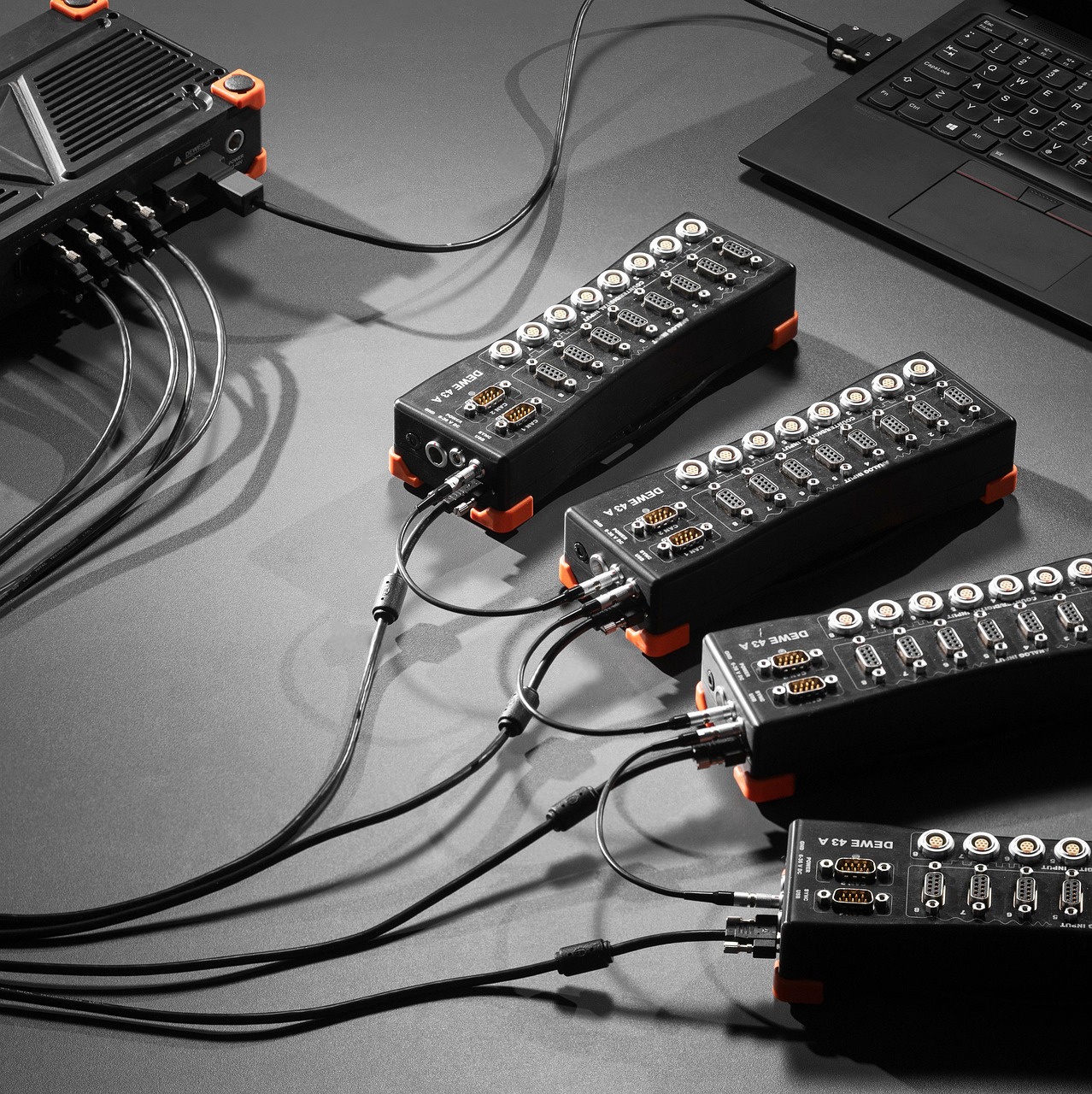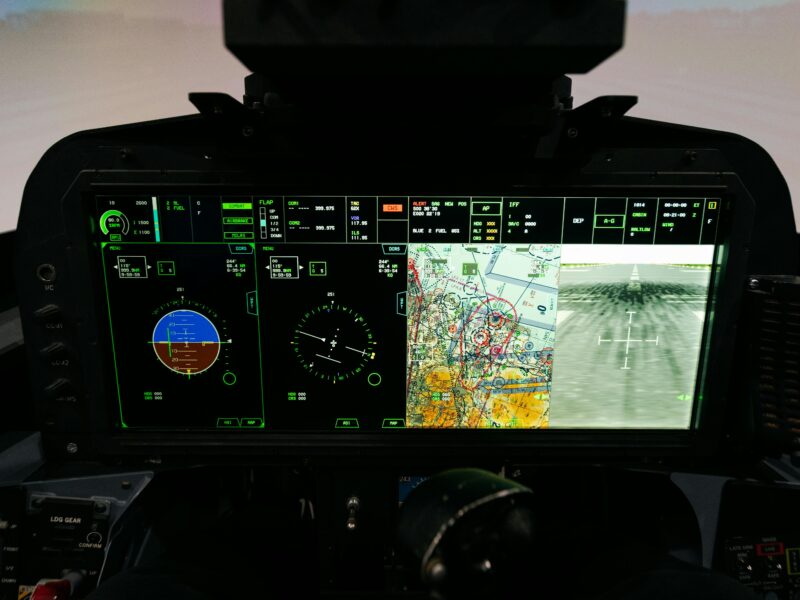NTT, one of the most influential technology conglomerates globally, has firmly established itself as a telecommunications giant. With a vast global network infrastructure, the company ranks among the top three data center providers worldwide and boasts a workforce of over 330,000 employees. Through its subsidiary, NTT Data, the company offers substantial expertise in fields such as cyber security, next-generationhttps://techxen.blog/ networking, quantum research, and enterprise IT services. Given these formidable assets, NTT is well-positioned to become a defining force in the AI-driven future.
However, during its recent NTT Research Upgrade 2025 event, the company appeared to miss an important opportunity to lead. Instead of delivering a clear and compelling vision, NTT presented a fragmented collection of ideas that seemed more like academic musings than strategic initiatives. The messaging was laced with high-level, ambiguous language and metaphors, which overshadowed the true potential of the technology being showcased.
While the technology itself was undoubtedly innovative, the leadership tone felt hesitant and overly deferential. Rather than stepping forward as a commanding force in the AI space, NTT’s approach was subdued and partner-focused, lacking the directive confidence necessary to position the company at the forefront of the market.
Ambitious Language, Unclear Vision
The keynote address by NTT Executive Chairman Jun Sawada opened with broad, almost poetic statements, speaking of “upgrading reality,” creating a “network of AIs,” and promoting a “pluralistic value society.”. Sawada also referenced the establishment of the Kyoto Institute of Philosophy, which aims to merge Eastern and Western philosophical traditions to influence human-AI interaction. While these are fascinating concepts, they were not tied to actionable goals or clear directions for the company’s future.
Instead of establishing NTT as a technology leader, the event had more of a fireside chat atmosphere, where ideas were exchanged without sufficient focus on product development, customer impact, or near-term business outcomes. NTT’s Innovative Optical and Wireless Network (IOWN) — a potentially game-changing initiative — was mentioned but not adequately explained in terms of how it sets NTT apart in the fast-evolving AI race.
A Missed Opportunity
In conclusion, NTT had the chance to define its role in the AI revolution but missed the opportunity to do so. With its vast technological capabilities and market influence, NTT could have led the conversation in the AI space. Instead, the company’s message became lost in philosophical abstractions, failing to communicate a clear vision that would resonate with the market or inspire its partners to take action.
NTT Misses Leadership Opportunity at Upgrade 2025: A Missed Chance to Define the AI Future
At the recent NTT Research Upgrade 2025 event, NTT Data CEO Abhijit Dubey offered a focused perspective, highlighting four key innovation areas: quantum computing, voice mining, attribute-based encryption, and trusted data spaces. These topics were linked to real-world applications with examples from major customers like BMW, Japan Post Bank, and smart city pilots, all showcasing clear, tangible value delivery. However, the disconnect became apparent: while NTT Data highlighted its role in innovation, NTT Corporation failed to position itself as the driving force behind these advancements.
The Leadership Disconnect
While Snowflake and NTT Data seemed like forward-thinking companies shaping the future, NTT Corporation remained in the background, passively hosting a conversation it should have been leading. This failure to step forward was particularly noticeable given the incredible assets at NTT’s disposal:
- A world-class fiber and wireless network covering the globe
- A massive data center presence, especially in high-growth markets like India
- Deep expertise in quantum science, cyber security, and encryption
- An enterprise customer base spanning multiple industries
- A global IT services division (NTT Data) that ranks among the largest in the world
Despite these strengths, Upgrade 2025 failed to weave them together into a cohesive strategy. There was no clear push to position IOWN (Innovative Optical and Wireless Network) as the backbone for AI-native networking, nor was there an explanation of how NTT’s data center infrastructure supports sovereign AI or edge intelligence. The company also missed an opportunity to emphasize how its research labs fuel product innovation, and most surprisingly, no clear statement was made about how NTT plans to compete in the fast-moving tech industry.
Instead of boldly declaring leadership in the AI race, NTT appeared to take a backseat, showcasing ideas without the necessary follow-through. For a company of its size and capabilities, this passive stance represented a significant missed opportunity to drive the conversation forward.
The Stakes Are Higher Than Ever
In today’s rapidly evolving landscape, enterprise clients are no longer seeking vague promises—they need trusted partners who can provide secure, scalable AI infrastructure, seamlessly integrate into their systems, and help them navigate complexity. Governments are looking for solutions that they can control and deploy locally, while telecom and cloud operators are engaged in fierce competition to redefine connectivity in an AI-native world.
NTT is more than capable of leading in all of these areas. It has the assets, the talent, and the credibility to become a key player. But to do so, it must move beyond hesitation and lead with clarity and confidence.
A Missed Leadership Moment
The Upgrade 2025 event was an ideal platform for NTT to assert its leadership, present its innovative technologies, and demonstrate its vision for the AI-powered enterprise. Unfortunately, it chose the safer path of abstraction, missing the chance to provide the market with a clear direction.
Final Thoughts: A Missed Opportunity
NTT’s impact is felt behind the scenes—where networks are built, data is stored, and enterprise systems are integrated. As such, forums like Upgrade 2025 are vital for showcasing the company’s vision and capabilities. Unfortunately, NTT did not take full advantage of this rare opportunity to assert itself as a thought leader, clarify how its diverse technologies solve real-world challenges, or project the urgency required to stay competitive in the AI race.
In a market where AI adoption is now accelerating faster than ever, NTT’s reluctance to lead was palpable. The company may possess world-class technology and ideas, but at Upgrade 2025, it left leadership on the table.




I agree with your point about the fragmented messaging at NTT’s event. They’ve got the capabilities, but without a clear, bold vision for AI, it feels like they’re holding back. The AI space really needs strong, decisive leadership, and right now, NTT isn’t stepping up in that way.
NTT’s partner-focused approach could be a strength if balanced with a stronger leadership vision. The article raises an important point about how clarity and confidence in messaging are essential in the AI race.
This feels like a classic case of a company trying to do too much without a central narrative. NTT clearly has the resources, but without a cohesive strategy, even the most impressive tech can get lost in translation.
The disconnect between NTT’s impressive tech foundation and its vague strategic messaging really stands out. It’s a reminder that in the AI space, having the tools isn’t enough—clear leadership and vision are just as critical to staying competitive.
This highlights a bigger issue in the industry—too many major players lean into buzzwords instead of building clear, actionable roadmaps. NTT’s position is enviable, but they need to speak with more authority if they want to lead.
I think the blog nails it—NTT clearly has the resources to lead in AI, but without a focused strategy, even cutting-edge innovations can feel directionless. It’ll be interesting to see if they pivot from this academic tone to something more action-oriented.
I appreciate how this post highlights the gap between potential and execution. NTT clearly has the muscle, but without a cohesive strategy, all that tech promise risks becoming background noise.
NTT clearly has the technical muscle, but the blog hits the nail on the head—strategy needs clarity. Without a focused vision, even the most cutting-edge innovations can get lost in translation.
The blog raises an important point—tech leadership today isn’t just about innovation, it’s about communication. Without a clear strategy, even the most advanced technology can struggle to gain traction.
This really highlights the difference between innovation and leadership. NTT clearly has the tech, but without a clear story or decisive strategy, it’s hard for partners and the public to buy into their vision.